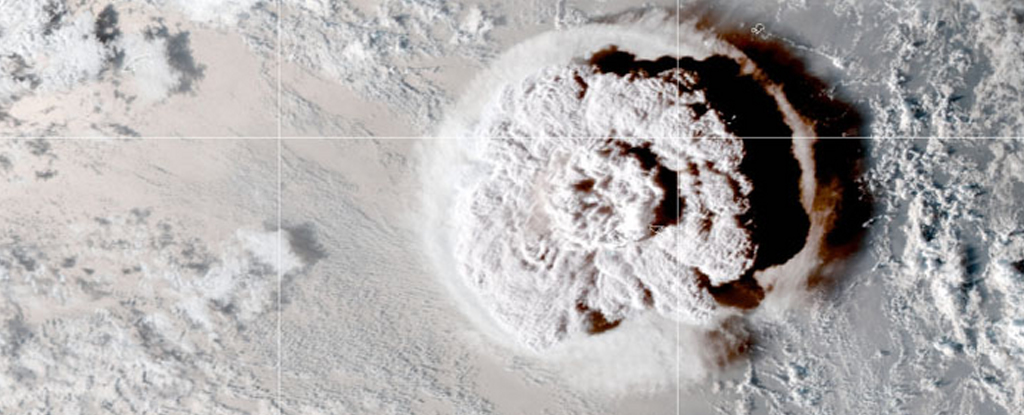The eruption of Hunga Tonga in January 2022 not only caused a tsunami but has also had significant climate impacts, as detailed in a new study published in the Journal of Climate. Unlike typical volcanic eruptions that cool the Earth’s surface by releasing sulphur dioxide, Hunga Tonga, an underwater volcano, emitted an enormous amount of water vapor into the stratosphere. This has contributed to the largest ozone hole observed last year and is predicted to influence weather patterns for years, including a wetter summer in 2024 contrary to El Niño expectations.
The study utilized climate models to simulate the effects of the water vapor released by the eruption, revealing that it played a role in enlarging the ozone hole and altering weather patterns across various regions. For instance, northern Australia is expected to experience colder and wetter winters, North America warmer winters, and Scandinavia colder winters, up to about 2029. Despite these regional impacts, the global mean temperature change attributed to the eruption is minimal, indicating the high temperatures experienced recently are not a result of the Hunga Tonga eruption.
This research underscores the unique nature of the Hunga Tonga eruption and its implications for our climate, highlighting the need for further studies to fully understand the long-term effects of such a significant amount of water vapor in the stratosphere.
Read more at ScienceAlert…
